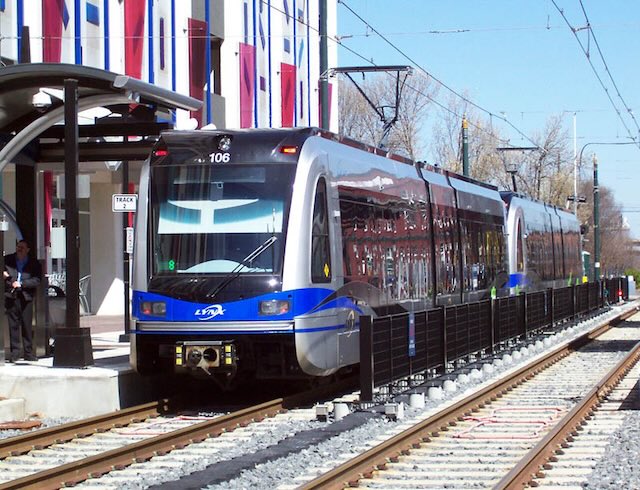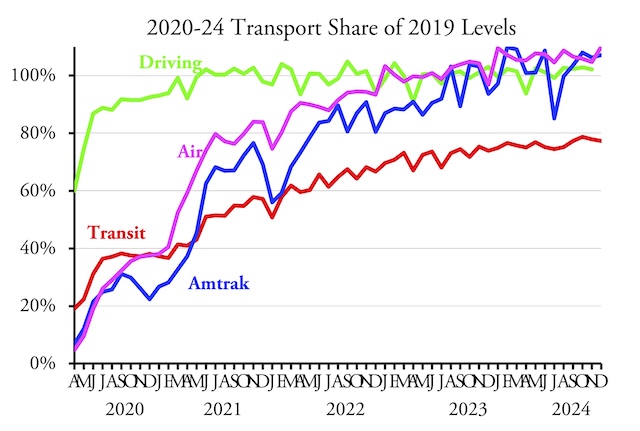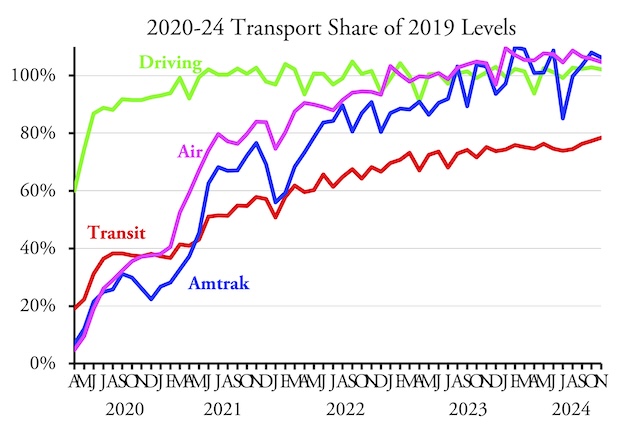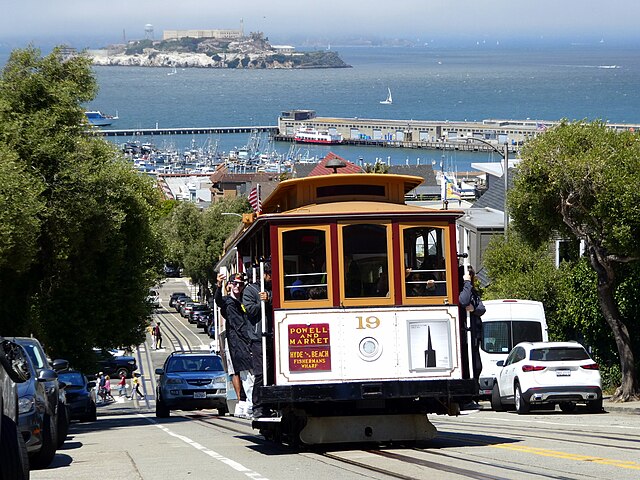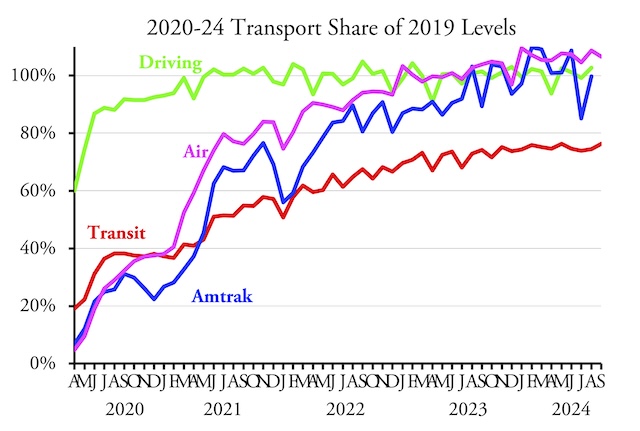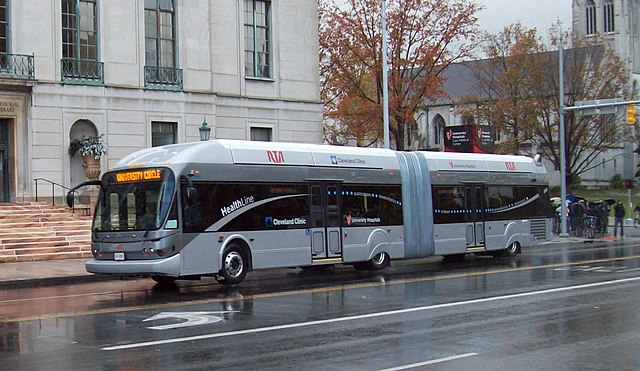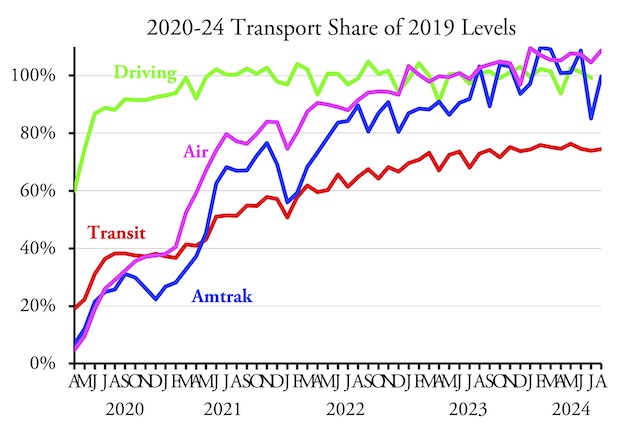Houston’s Metro transit is going back to basics, focusing on public safety and giving up its expensive light-rail and bus rapid transit plans. This follows the election of a new mayor, John Whitmire, who took office on January 1, 2024 and quickly replaced several members of the Metro board. Though Whitmire is a Democrat, he took office at a time when Houston was facing serious financial problems and so he is taking a fiscally conservative approach to spending.
By many measures, Houston’s Metro is doing better than most U.S. transit agencies. At the end of 2015, it implemented new bus routes, changing from a downtown-centric system to a grid system, as recommended by Jarrett Walker. Partly as a result, ridership grew by 5 percent between 2019 and 2019, a period during which ridership declined in most other urban areas. As of December 2024, ridership has recovered to nearly 88 percent of pre-pandemic levels, compared with a national average of 76 percent. Continue reading

